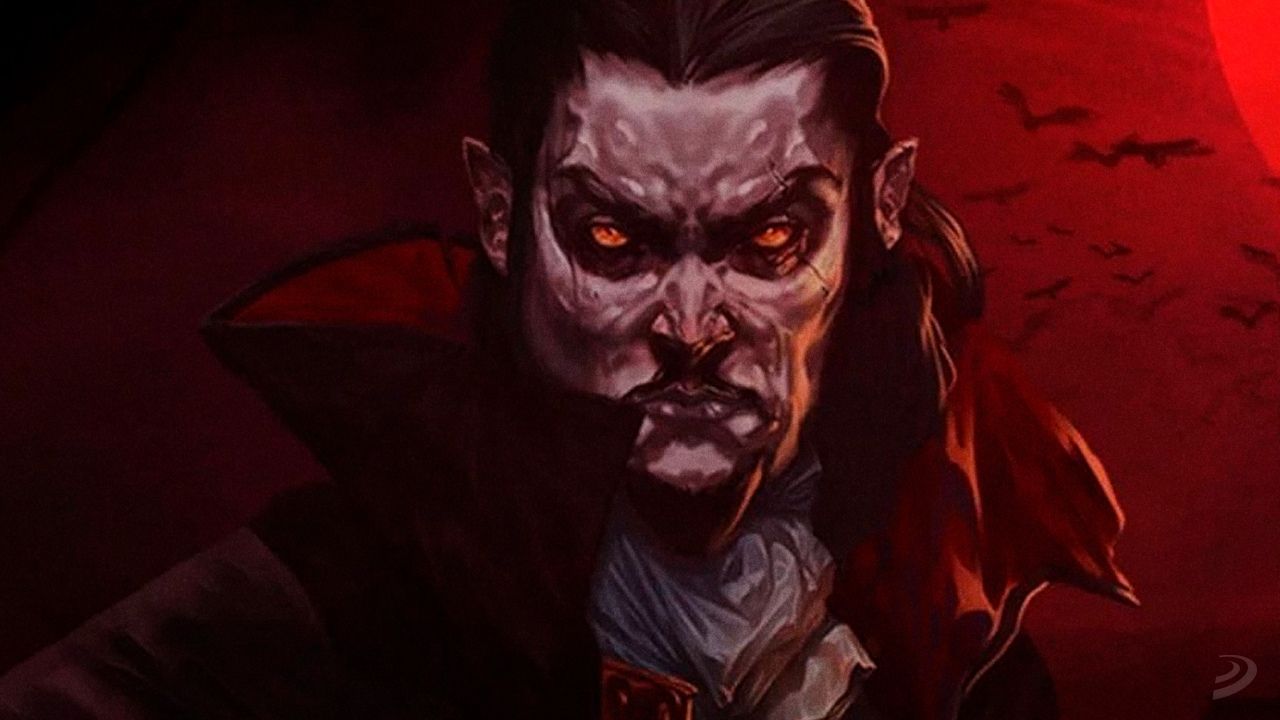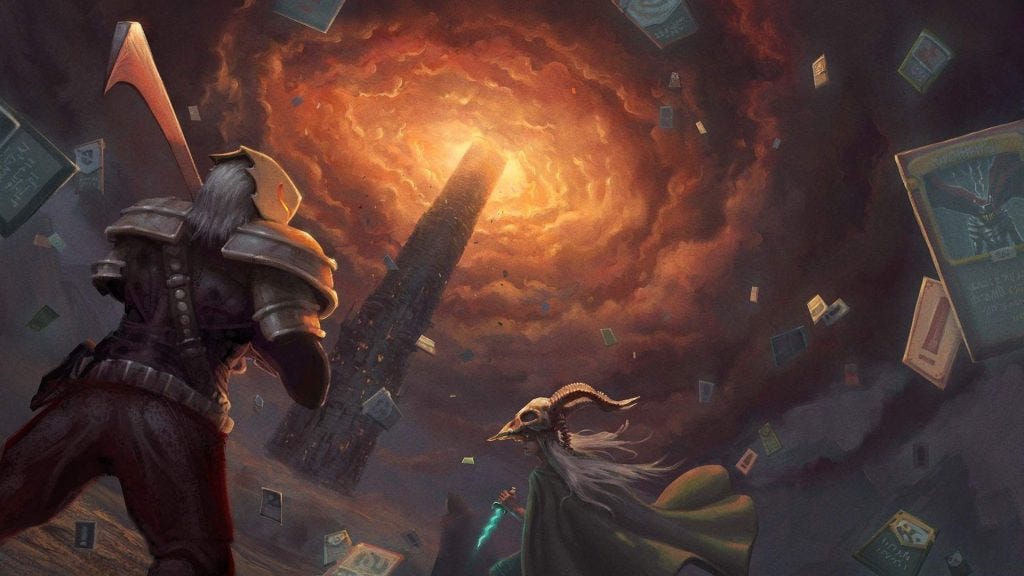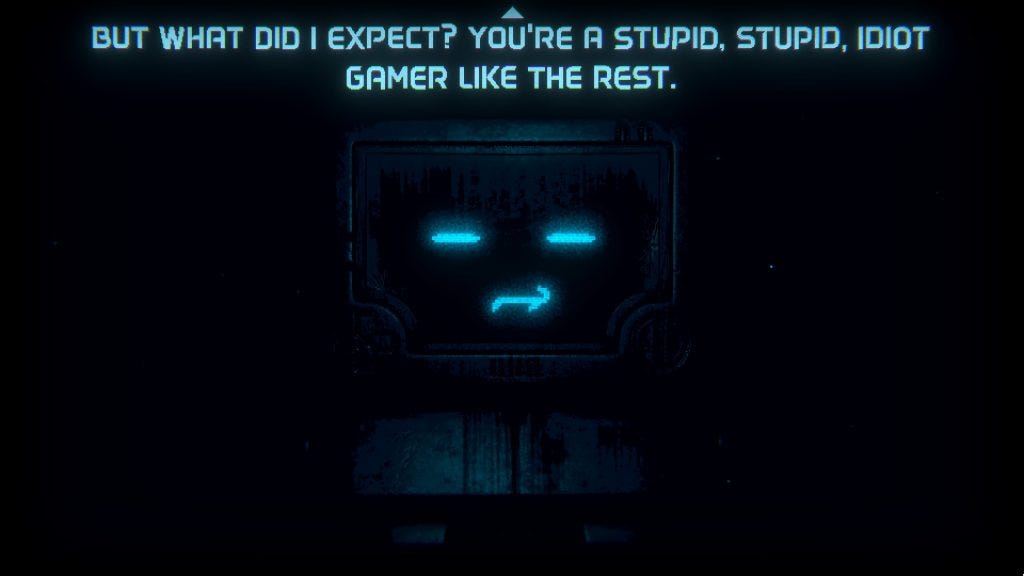Learn the Right Lessons When Studying Video Games
The line between “Inspired By” and “Copying”

One of the constants when it comes to the game industry is that whenever a game blows up in the indie or AAA space, there will be other developers and studios looking to it for their own titles. There is nothing wrong with being inspired by a game but understanding what details you should be looking for is another skill set entirely.
100% Original?
The days in which we can say that a game is 100% original, with no outside elements influencing it, are gone and there’s nothing wrong with that. Today, there is always another game, another system, mechanics, genre, etc., that you can research while building your game.
In the last few years alone, we have seen developers immediately try to copy the success of games like Darkest Dungeon, Among Us, Fortnite, and right now as I’m writing this, Vampire Survivors. Games that break through and out to become huge successes go on to set market trends in the game industry. It’s okay to look at a successful game and see if you can make something similar or better, but there’s something you need to understand if you’re trying to compete.
Being #1
In any industry, being first confers unique advantages that no one else after the fact will be able to get. As the first, you set the standards for what people expect of that product. As a competitor, you will be directly competing with the other game — if your title has any issues that weren’t in the original game, people are not going to put up with it. Even with that said, if your game has issues that were in the original game, you will not be able to coast by like that first game. Being first means that people are willing to put up with these problems and pain points.
Here’s the scary part for developers: even if your game is better than the original in some respect, it doesn’t automatically mean that your game will be a success. Monster Train is in many ways a more evolved form of Slay the Spire — it even had the original designer who consulted on the project. And yet, its reviews and sales don’t come anywhere close to STS. For other games, we’ve seen inferior versions of games like FTL or the Darkest Dungeon, and those titles came and went incredibly fast in the market.
Source: YouTube.
Likewise, if you’re trying to compete in the same space as another game, you cannot assume that the people playing game X will come to your title. This was the cause of the MMOG crash of the 2000s — where everyone tried to copy World of Warcraft thinking the market was 10 million + strong. As it turned out, it wasn’t; those 10 million + fans were WoW fans, and they were not switching to another game.
So, here’s the question you need to figure out — what should you learn from another game’s success?
Studying Success
Being able to analyze a game's design is a skill that I shout from the rooftops in terms of its importance. For developers looking at successful games, your job is to figure out what those games did right and who is the market for them. Every game, no matter how big or small their success, had an intended market, be it platformer fans, roguelike fans, rogue-lite fans, etc. If you can’t figure out who the game is appealing to, then you’re not going to be able to create something in the genre that works for them.
Now, here’s the kicker — even the greatest games, the best-reviewed ones, still have problems in them. There is still a misconception around games that there is the “perfect game” that appeals to everyone and has no problems. You should do your best to spot anything that would be considered a pain point in a successful game because that is something consumers will not let you off the hook for. Part of the excellence at the heyday of Blizzard as a studio was their ability to pick apart a genre and figure out ways to improve upon it, ways that were missed by the other developers.
This next point is another salient one — if you cannot beat the original game in terms of aesthetics and gameplay, you should not try to do it. Part of the reason why successful games continue to be successful is that, as success and word of mouth spread, people are going to find and try "the next big thing", that new game everyone can’t stop talking about. And again, that raises this question: Why should someone play your inferior version?

For that reason, it’s why we see developers use their inspiration and their studying of another game to go in a completely different direction. Inscryption is very much in the deck builder roguelike genre just like Slay the Spire and Monster Train, and yet, it doesn’t play anything like those games. Look for a way that you can do something different in the genre that no one else has thought of. With that said, there is another area you need to study.
Studying Failure
When it comes to doing research on game genres, you need to play a lot of examples of those genres. Not just the games that go on to be Game of the Year winners, 9s and 10s, or have thousands of reviews and sales on Steam. You need to play the ones that didn’t succeed, the ones that have less than 50 on Metacritic. Look for games that could have less than five reviews — or no reviews — on Steam.
If you’re going to try and compete, you need to know where other games have failed in the same space. Maybe they had UX issues that you can learn from, maybe the marketing wasn’t there, and sometimes, maybe the game was actually really good and no one played it. Marketing is still the nail in the coffin for many titles from new designers. Presentation is an important part of selling a videogame, and an aspect I feel a lot of indie developers tend to ignore. One of the surefire ways to kill your game’s chances at success is to have a worse aesthetic than the standard on the market. As someone who has played so many deck-building roguelikes, I have seen a lot that looked worse than Slay the Spire.
In the last section I mentioned looking for pain points in successful games; in games that didn't work out, you can spot them from a mile away. Often, when developers only look at successes, they never see the work and potential issues that go with that genre. Therefore, we’ve seen so many platformers that are released that are just not as good from a mechanical standpoint, despite all the examples to look at. You need to be able to understand the big and small issues of a genre if you want to compete.

Go Different
A lesson that developers still fail to learn is thinking that just doing something a little bit better or slightly different is enough to create a brand-new product to compete in the market. The only times where the second game does outpace the original is when that game is above and beyond anything the original game could do — examples like World of Warcraft compared to Everquest or Fortnite to PubG.
For most of you reading this, you’re not going to have access to the resources needed to go that far. Instead, it’s better to look at the success of a game and see the areas where they missed.
A well-known example of this is the 4X/grand strategy genre. This is a genre that has become locked down by Paradox Software, but at the same time is very rigid in its fanbase and design. There are many avenues that you can take in the space that would differentiate it from the Paradox games, such as Ozymandias which promotes itself as a 4X game in which you can finish a map in a single sitting. City builders have been adopting elements of roguelike design lately as a means of standing out from contemporaries and those chasing to be the next Sim City or Cities Skyline.
Remember, there is a difference between a market for a single game and a market for a new genre. Just because game X gets thousands of reviews and blows up, does not guarantee that there is a market waiting for people to start releasing similar games.
Can you think of any “one-hit wonders” that no one has managed to replicate the original success, not even the original developer? Let me know on Twitter
